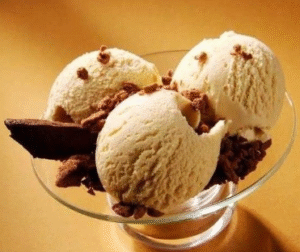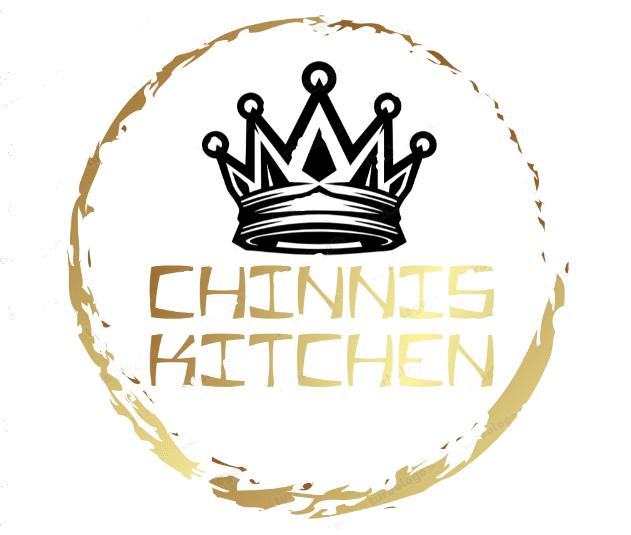🍬 Origins of Butterscotch
The term “butterscotch” first appeared in 1817 in the Doncaster Gazette, a newspaper in Yorkshire, England, suggesting the confection was already well-known by that time. It’s widely believed that English confectioner Samuel Parkinson created the first butterscotch candies in Doncaster, Yorkshire, in 1817. He marketed them as “buttery brittle toffee,” and they gained popularity after being presented to Queen Victoria during her visit to Doncaster in 1851 .
The name “butterscotch” is thought to derive from the process of “scotching,” meaning to cut or score, referring to the practice of scoring the confection into pieces before it hardens. Another theory suggests that “scotch” could be linked to “scorch,” referencing the cooking process of the sugar .

🍨 Emergence of Butterscotch Ice Cream
While the exact timeline of butterscotch’s incorporation into ice cream is unclear, its transformation from a hard candy to a versatile flavoring likely occurred in the early to mid-20th century. As ice cream parlors and manufacturers sought new and appealing flavors, the rich taste of butterscotch made it a natural choice. It became a staple in sundaes, often as a sauce topping, and eventually as a standalone ice cream flavor.
In India, butterscotch ice cream has become particularly popular, often featuring crunchy praline pieces or caramelized nuts, adding texture to the creamy dessert.
🧁 Butterscotch in Modern Desserts
Beyond ice cream, butterscotch has found its way into various desserts, including puddings, cookies, and sauces. Its versatility and distinctive flavor have made it a favorite among dessert enthusiasts worldwide.
🍨 Indian Butterscotch Ice Cream (No-Churn & Eggless)
🧾 Ingredients
For the Ice Cream Base:
-
2 cups (480 ml) heavy whipping cream (with at least 35% fat)
-
10.5 oz (approximately ¾ of a 14 oz can) sweetened condensed milk
-
3 tablespoons milk powder (optional, for added creaminess)
-
1 teaspoon Indian butterscotch essence
-
A drop of yellow food coloring (optional, for traditional hue)
For the Praline:
-
¼ cup granulated sugar
-
2 tablespoons chopped cashews (or a mix of cashews and almonds)
👩🍳 Instructions
1. Prepare the Praline:
-
In a heavy-bottomed pan over medium heat, add the granulated sugar. Allow it to melt without stirring.
-
Once the sugar has melted and turned a golden amber color, quickly add the chopped nuts. Stir to combine.
-
Immediately pour the mixture onto a parchment-lined tray or a greased plate. Let it cool completely.
-
Once hardened, break it into small pieces and crush coarsely using a rolling pin or food processor. Set aside.
2. Make the Ice Cream Base:
-
In a large mixing bowl, combine the sweetened condensed milk, milk powder, butterscotch essence, and food coloring (if using). Mix well.
-
In a separate chilled bowl, whip the heavy cream until stiff peaks form.
-
Gently fold the whipped cream into the condensed milk mixture until well combined, ensuring not to deflate the mixture.
3. Assemble and Freeze:
-
Fold in the crushed praline pieces, reserving some for topping.
-
Transfer the mixture into a freezer-safe container. Sprinkle the reserved praline on top.
-
Cover and freeze for at least 6-8 hours or until firm.
🍽️ Serving Suggestions
Scoop the ice cream into bowls or cones and enjoy! For an extra indulgent treat, drizzle with butterscotch sauce or garnish with additional praline bits.
